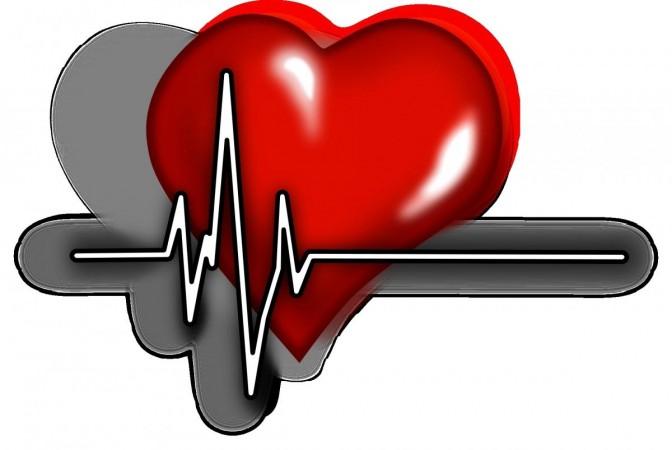
US researchers have announced the development of a new wearable, long-term continuous heart monitor. This innovative device is expected to identify more cases of atrial fibrillation, a condition linked to an increased risk of stroke and heart failure, compared to usual care. The announcement was made on September 2, marking a potential turning point in the management of this common cardiac condition.
Atrial fibrillation, often undiagnosed, can increase the risk of ischemic stroke, a condition that is largely reversible by oral anticoagulation. The lead author of the study, Renato Lopes, a Professor of Medicine at the Duke Clinical Research Institute in North Carolina, US, emphasized the need for definitive evidence that diagnosis of atrial fibrillation through systematic screening can lead to subsequent treatment with oral anticoagulation and therefore, lower stroke risk.
The study, which was published in the Journal of the American College of Cardiology, enrolled approximately 12,000 patients in the US who were at least 70 years old with no history of atrial fibrillation. About half the patients were randomly assigned to receive the 14-day continuous monitoring device, and the other half received usual care.

After 15 months of follow-up, the study reported a 52 per cent increase in the number of cases of atrial fibrillation diagnosed among the device-wearers compared to those in usual care. However, the heart monitors did not lead to a reduction in hospitalizations due to stroke. While there was no increase in rates of hospitalization for bleeding, no significant reduction was found in the rate of hospitalizations for all strokes compared with usual care. This highlights the need for further research to understand the impact of early detection on clinical outcomes.
Heart rate monitors are devices that come with built-in sensors to help detect and track heart or pulse rate continuously. The devices are also available in smartwatches and help in tracking heart rate during exercise, monitoring heart rate for stress, and alerting in case of an anomaly. But these cannot be substitutes for medical devices that are much more accurate.
The development of this wearable heart monitor is a significant step forward in the field of cardiovascular care. It represents a shift from traditional methods of monitoring heart rhythm, which often rely on shorter ECG recordings or patient-reported symptoms, towards a more comprehensive and continuous approach. This extended monitoring period increases the chances of detecting irregular heart rhythms, like atrial fibrillation, that may occur sporadically and might be missed during shorter monitoring sessions or occasional checks.
However, while the device has shown promise in increasing the detection rate of atrial fibrillation, it's important to note that the study did not demonstrate a reduction in hospitalizations due to stroke. This indicates that while detection is improved, the impact on clinical outcomes requires further study. The monitor helps in early identification, which is a crucial step in stroke prevention strategies.
The introduction of this wearable heart monitor is reminiscent of the advent of the Holter monitor in the 1960s, a portable device for continuously monitoring various electrical activity of the cardiovascular system for at least 24 hours. The Holter monitor represented a significant advancement in the ability to detect cardiac arrhythmias and guide treatment. Similarly, this new wearable heart monitor could potentially revolutionize the way we diagnose and manage atrial fibrillation, offering a more convenient and effective solution for patients and healthcare providers alike.








